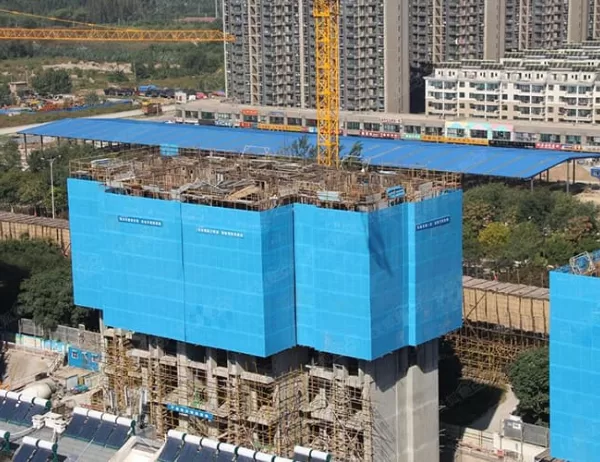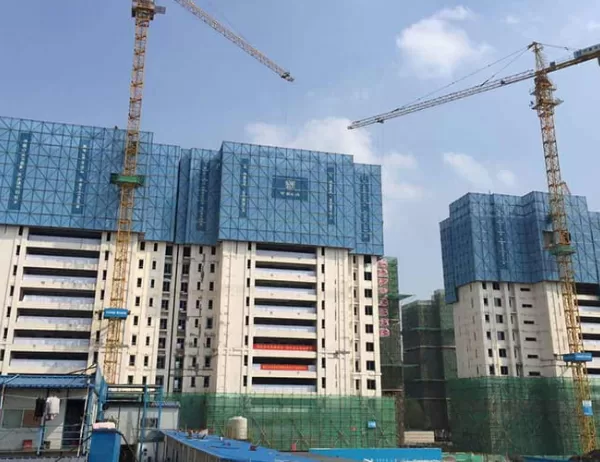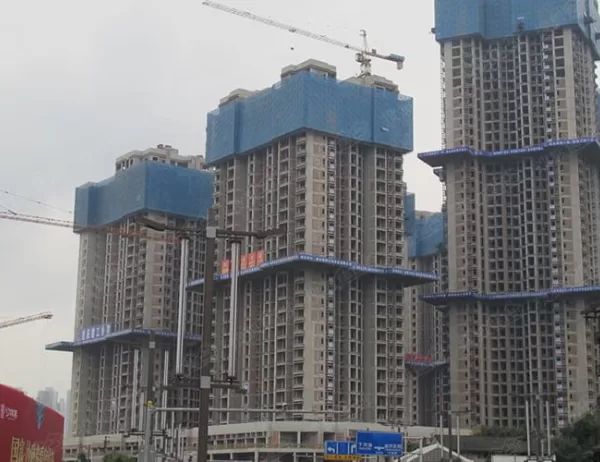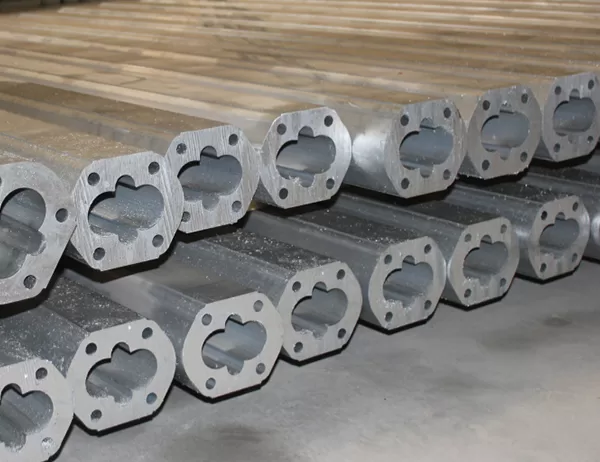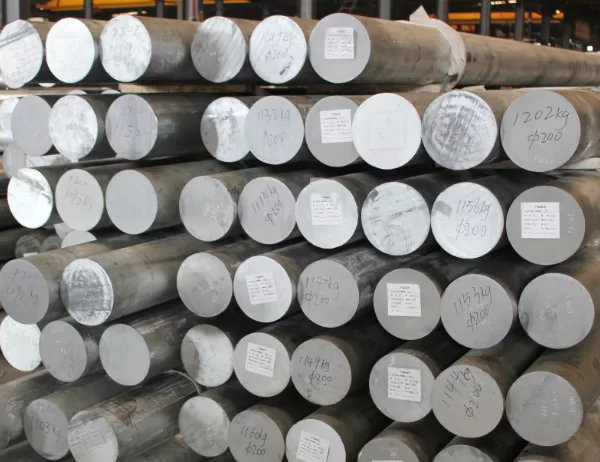In the world of design, creating timeless pieces that transcend fleeting trends is a hallmark of true artistry. This is where aluminum profiles come into their own, offering architects and designers a versatile and durable material to craft structures that endure the test of time. “Creating Timeless Pieces: Aluminum Profile Insights” delves into the intricate world of aluminum profile design, exploring its unique properties, innovative applications, and the secrets behind its enduring appeal.
Aluminum profiles are extruded aluminum shapes that combine the strength and durability of the metal with the flexibility to create complex and intricate designs. Their lightweight and corrosion-resistant nature make them ideal for a wide range of architectural and industrial applications, including building facades, window frames, solar panel mounts, and even furniture.
These profiles can be customized with various finishes, textures, and colors, allowing architects to express their creativity while ensuring the longevity of their designs. The versatility of aluminum profiles extends to their ability to seamlessly integrate with other materials, such as glass, steel, and wood, creating visually stunning and structurally sound structures.
The timeless appeal of aluminum profiles lies in their inherent properties and the design principles employed in their creation. Here are some key factors that contribute to their enduring presence in architectural and industrial designs:
1. Durability and Resilience
Aluminum’s natural resistance to corrosion and oxidation makes aluminum profiles exceptionally durable, even in harsh environments. They can withstand extreme temperature fluctuations, humidity, and exposure to chemicals, ensuring their longevity without compromising their structural integrity.
2. Design Flexibility
The extruded nature of aluminum profiles enables designers to achieve intricate shapes and complex geometries. This versatility allows for the creation of unique and aesthetically pleasing designs that can meet the specific functional and aesthetic requirements of a project.
3. Low Maintenance and Sustainability
Aluminum profiles require minimal maintenance, reducing the need for costly repairs or replacements over time. They can be cleaned easily and are highly recyclable, making them an environmentally friendly choice for sustainable construction.
Applications Across Industries
The versatility and adaptability of aluminum profiles make them a popular choice in various industries:
1. Architecture and Construction
Aluminum profiles play a pivotal role in building facades, windows, doors, roofing systems, and interior design elements. They provide a combination of strength, durability, and aesthetics, enhancing the longevity and visual appeal of buildings.
2. Automotive and Transportation
In the automotive industry, aluminum profiles are used for structural components, body panels, and interior trim. Their lightweight properties contribute to improved fuel efficiency and performance, while their resistance to corrosion and impact enhances the durability of vehicles.
3. Solar and Renewable Energy
Aluminum profiles are extensively employed in solar panel mounting systems and other renewable energy applications. Their corrosion resistance and ability to withstand extreme weather conditions ensure the longevity and efficiency of these systems.
Embracing Innovation and the Future
As technology advances, aluminum profile design continues to evolve, embracing innovation and pushing the boundaries of what’s possible. Emerging trends in the industry include:
1. Sustainable Design
The emphasis on sustainability is driving the development of eco-friendly aluminum profiles made with recycled materials and employing energy-efficient manufacturing processes.
2. Smart Building Technologies
Aluminum profiles are being integrated with smart building technologies, such as sensors and actuators, to enhance building functionality, energy efficiency, and occupant comfort.
3. Biomimicry in Design
Architects are drawing inspiration from nature’s forms and structures to develop innovative aluminum profiles that mimic the strength, adaptability, and aesthetics found in the natural world.
Aluminum profiles are the embodiment of timeless design, combining durability, versatility, and aesthetic appeal. By embracing their unique properties and design principles, architects, designers, and engineers can create structures that transcend the passage of time, leaving a lasting legacy in the built environment. As the industry continues to evolve, aluminum profile design is poised to play an even more pivotal role in shaping the future of sustainable and innovative architecture and construction.
